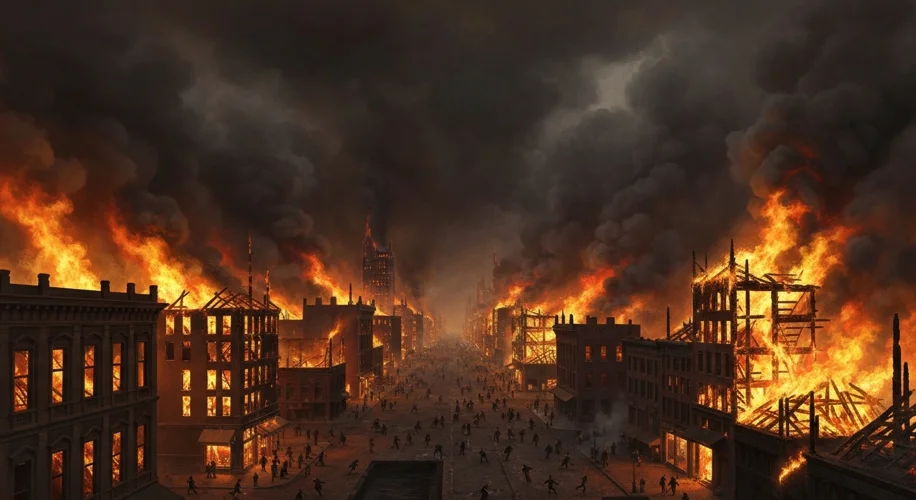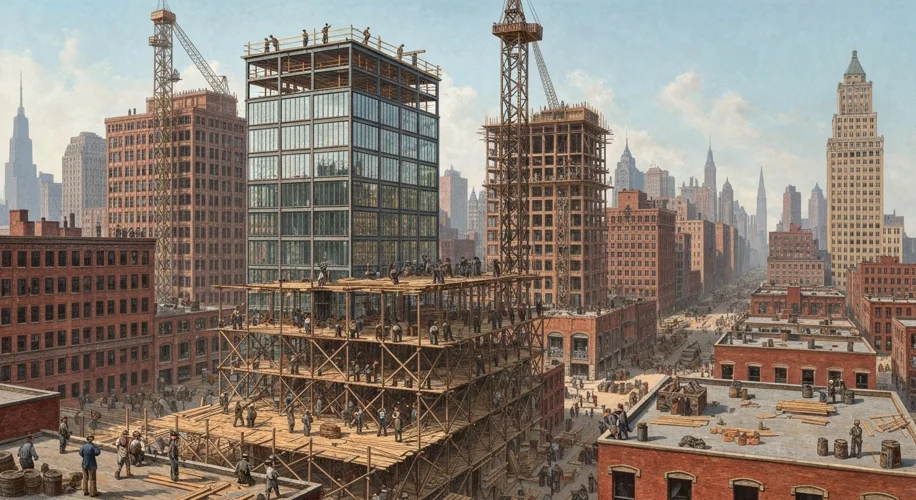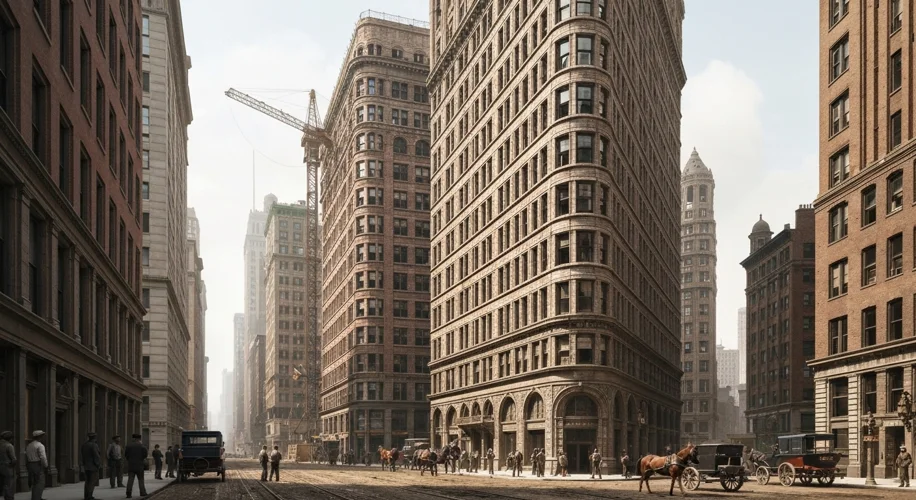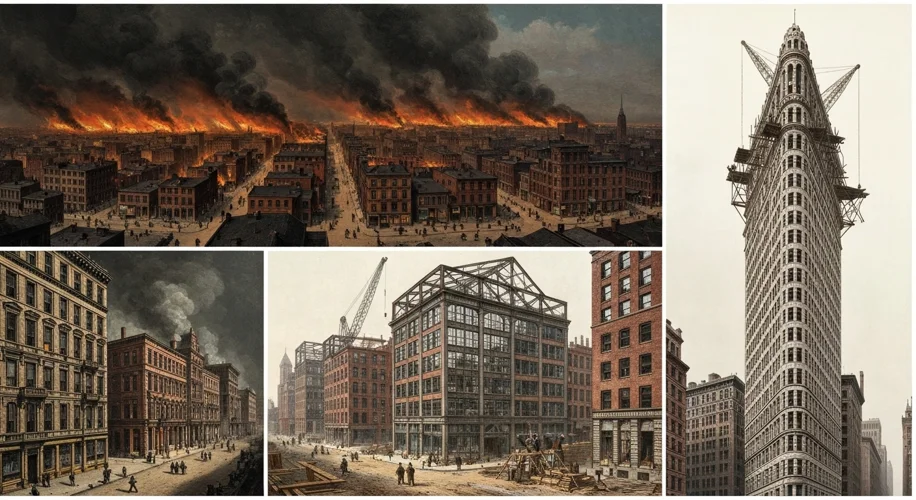The year is 1871. Chicago, a burgeoning titan of industry and a beacon of American ambition, stood proud. Its wooden structures, tightly packed and fueled by the city’s insatiable growth, formed a tinderbox waiting for a spark. Little did anyone know, that spark would ignite a catastrophe that would forever etch its name into history: The Great Chicago Fire.
In the early evening of Sunday, October 8th, 1871, the city of Chicago was about to face its greatest trial. The fire, believed to have started in or near a barn owned by Patrick and Catherine O’Leary at 137 DeKoven Street, was no ordinary blaze. Fueled by a dry summer, a strong southwest wind, and the very nature of Chicago’s predominantly wooden construction, the flames rapidly consumed everything in their path.
Eyewitness accounts painted a terrifying picture. “The sky was a fearful sight,” wrote one survivor, “a great, angry, blood-red glow, pulsing with the inferno below.” The wind whipped the flames into a frenzy, carrying burning embers across streets and leaping from building to building. The wooden sidewalks, the wooden houses, the wooden-shingled roofs – all succumbed with horrifying speed. The city’s fire department, already exhausted from a large fire the previous day, was overwhelmed. Water pressure was low, and the sheer scale of the inferno made any effective response impossible.

Panic ensued. A quarter of a million people – nearly all of Chicago’s population – were left homeless. The fire raged for nearly two days, consuming over 3.3 square miles of the city. It obliterated the business district, destroyed the courthouse, City Hall, the post office, and countless homes and businesses. The economic toll was staggering, estimated at nearly $200 million in today’s currency, equivalent to billions today. The human cost, though less precisely tallied, was significant, with hundreds of lives lost and thousands injured.
One persistent, albeit likely apocryphal, tale blamed the O’Leary’s cow for kicking over a lantern. While the true cause remains debated, the narrative of a simple cow igniting such devastation captured the public imagination. It humanized the tragedy, offering a scapegoat for an otherwise incomprehensible disaster.
But Chicago was not a city that dwelled in despair. Almost immediately, the spirit of resilience began to manifest. Offers of aid poured in from across the nation and the world. Within days, temporary shelters were erected, and soup kitchens began serving the displaced. The city’s indomitable will to rebuild was palpable.
What followed was nothing short of a miracle. Chicago didn’t just rebuild; it reinvented itself. The ashes of the old city became the foundation for a new, modern metropolis. Recognizing the folly of wooden construction, the city mandated stricter building codes, favoring brick and stone. Architects and engineers flocked to Chicago, eager to participate in its ambitious rebirth. The city became a testing ground for new architectural styles and innovations, most notably the skyscraper.

By the 1890s, Chicago was at the forefront of architectural innovation. Architects like Louis Sullivan and Daniel Burnham, whose firm produced the first skyscraper with a steel frame, the Home Insurance Building, would shape the city’s iconic skyline. This era saw the rise of the Chicago School of architecture, characterized by its emphasis on function, structural integrity, and the use of modern materials. The city’s rapid rebuilding and innovative spirit were showcased to the world at the 1893 World’s Columbian Exposition, a dazzling testament to Chicago’s resurgence.

The Great Chicago Fire, while a devastating event, ultimately served as a catalyst for transformation. It forced the city to confront its vulnerabilities and emerge stronger, more modern, and more resilient. The fire’s legacy is not one of destruction, but of remarkable rebirth, a testament to the enduring power of human spirit and the relentless pursuit of progress. Chicago rose from the ashes, a phoenix of brick, steel, and ambition, forever changed but undeniably greater.

